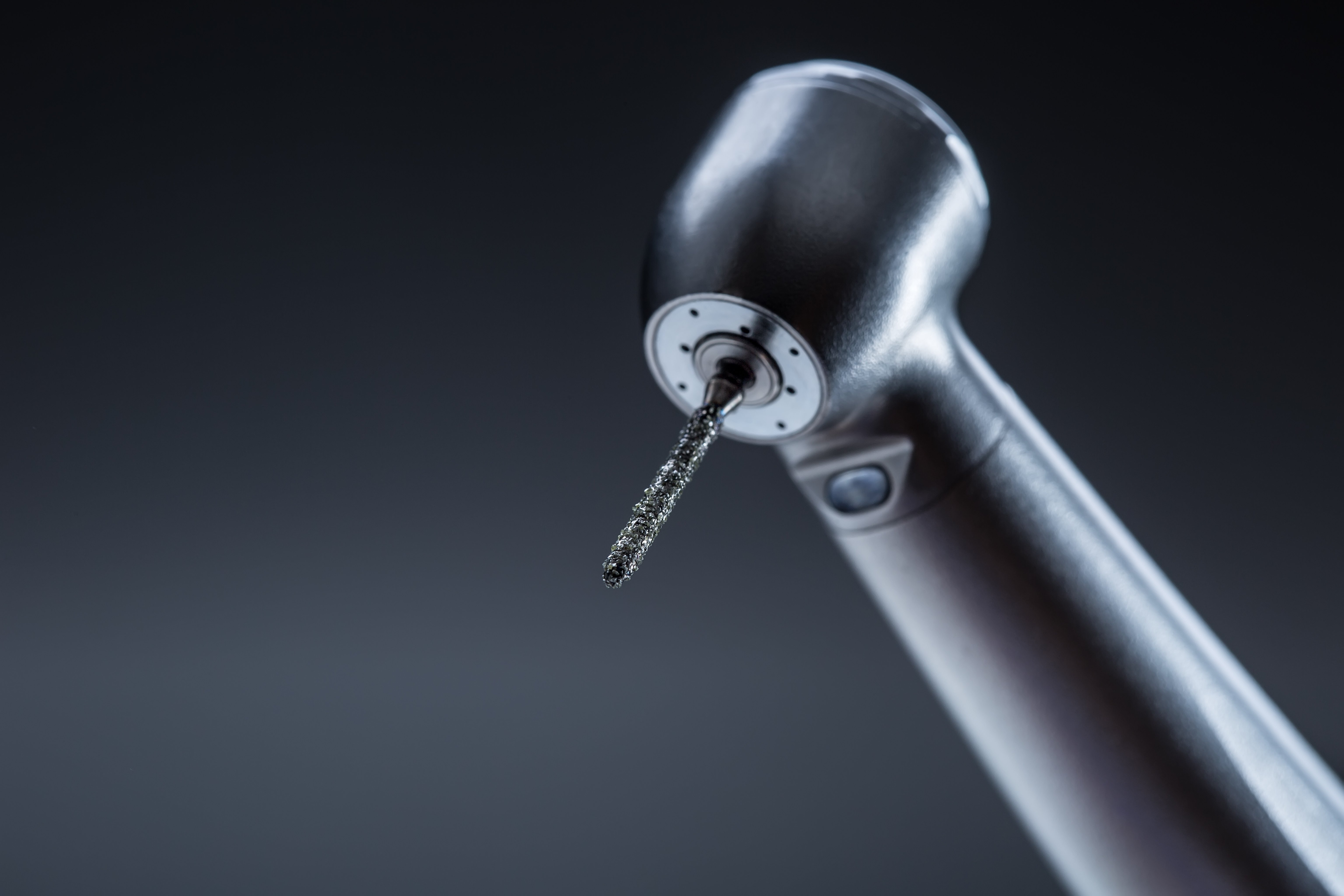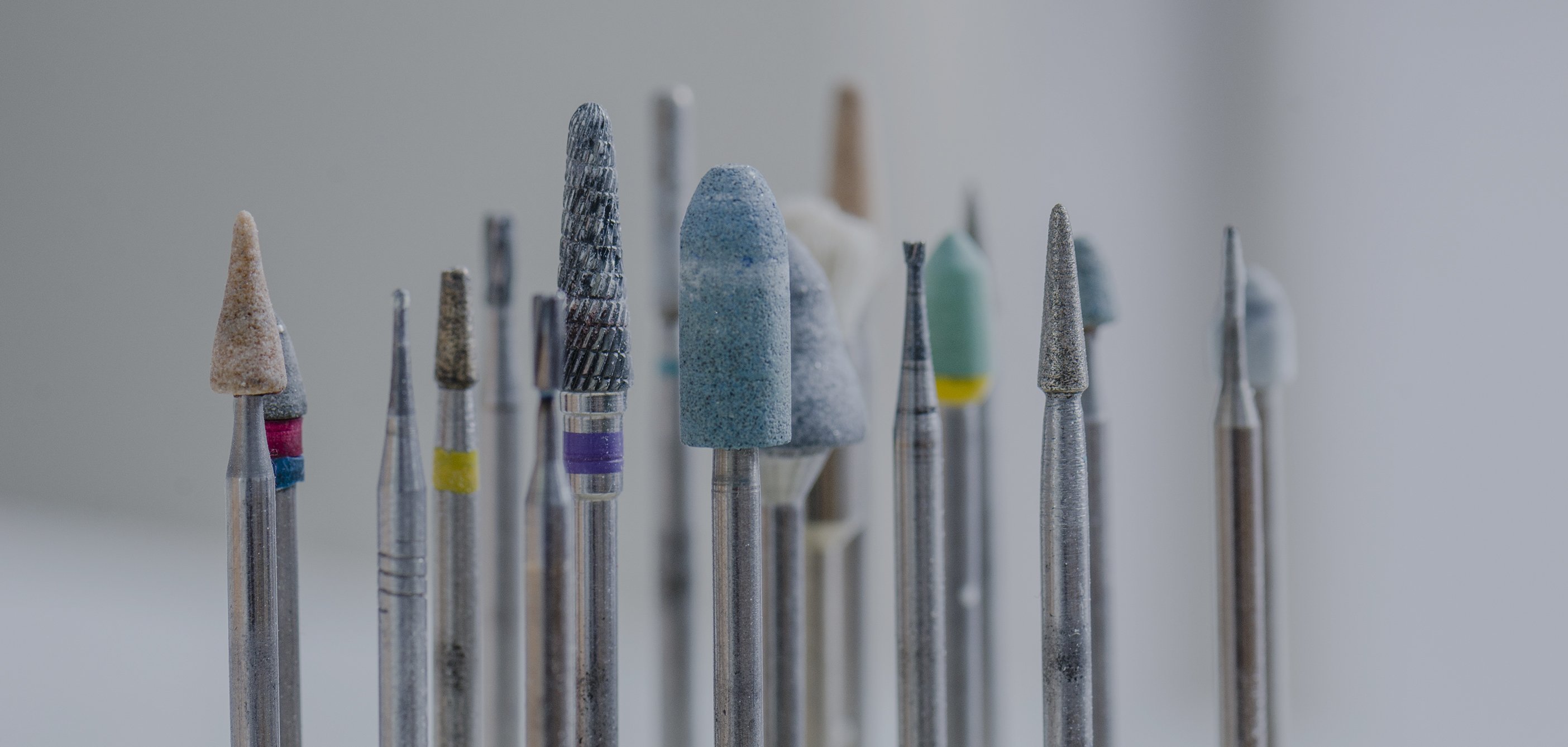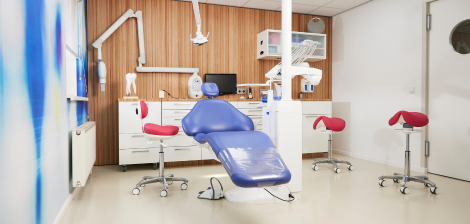What are dental burs?
Dental burs are an essential part of everyday general dentistry. The rotary instruments, designed for cutting hard tissues such as tooth enamel or bone, come in a range of shapes, sizes and grits with two or more sharp-edge blades and multiple cutting edges.
Historically used in the preparation of tooth restoration as basic cutting devices, science and technology have driven the development of the ubiquitous bur to new heights, now encompassing an enormous range of options to deliver a variety of dental procedures.
Rapidly robust and of high quality, dental burs are made of steel, stainless steel, tungsten carbide and diamond grit.
Each bur comes in three parts – the head, the neck and the shank.
- The head contains the blade that rotates to cut tissue.
- The neck is connected to the head, which contains the cutting blade or the Bur.
- The shank is the longest part of the bur piece. It has different ends to attach to different types of handpieces.
The three types of shank are:
- Long straight/handpiece burs (HP): Larger, long straight shank types and are used on slow speed handpieces.
- Latch-type/right angle (RA): These affix to low speed contra-angle handpieces.
- Friction grip (FG): These are used with high speed handpieces.
They are used with high-speed handpieces and are usually classified by their shape – cone, round or spear. In making the right choice of bur, their unique properties are found in the blade angle and positioning, the shape of the head, and in the abrasiveness of the grit.
In essence:
- Round Burs – removal of large amounts of tooth decay, cavity preparation, excavating and creating access points and channels for blades re: dental extractions.
- Flat-end Burs – removal of tooth structure, rotary intra-oral tooth preparation an adjustment.
- Pear Burs – creating an undercut for filling materials, excavating, trimming and finishing.
- Cross-cut Tapered Fissure – ideal for precise preparations whilst limiting the build-up of debris, such as in crown work.
- Finishing Burs are used in the completion of restorations.
Like sandpaper, burs come in different grades of coarseness. In essence, the abrasiveness varies to suit different jobs. The harsher the grit, the more tooth surface will be removed. Finer grits are best suited to work that requires finite detail, such as the smoothing of rough edges or around margins.

What are the different types of dental burs?
The range of burs available to dentists is vast, and selecting the most suitable option can significantly improve clinical case work. Ideally, this can be done at the treatment planning stage.
The full range of burs includes:
- Sterile Diamond Burs: Pre-sterilised so that they can be used immediately, these burs use quality diamonds for reliable cutting to be used time and time again.
- Gold Diamond Burs: Made with the finest Swiss-made steel shanks, there is an extensive range of shapes and popular sizes. They are strong, durable and ensure high performance.
- Twister Diamond Burs: Coated with natural diamond, they offer non-clogging spiral dual action using a precision engineered head for faster operation and least resistance. Ideal for fast bulk reduction and a smooth finish.
- Steel Burs: Designed for minimal vibration that can lead to handpiece damage and patient discomfort, these are made from heat treatable alloy steels for optimum strength and reliability.
- Tungsten Carbide Burs: Made of hard material, these are a highly effective and sharp cutting tool. They offer a fast, smooth, vibration-free performance, delivering patient comfort and reduced operative time.
All come in HP, RA and FG fittings.
Many of today’s burs are available in sterile, single use packs, ensuring greater infection control – of particular relevance in today’s climate.
Single-use burs are also cost-effective (no need for sterilisation), kinder to handpieces (no clogging with debris) and patient-friendly (100% effective every use thus ensuring greater comfort).
Which bur should be used for each treatment?
- Surgical Burs: Used in oral surgery, today’s surgical bur is usually of Tungsten Carbide or Diamond, which means they are strong and durable and offer high performance
- Diamond Burs are used to grind away tooth tissue and cut through porcelain, and are mostly used with high-speed handpieces to leave a rough finish.
- Tungsten Carbide Burs are also designed for optimum strength, durability and performance. Three times harder than steel, these smooth tooth structures to a fine finish.
- Restoratives Burs: Diamond Burs are well suited to cut away porcelain restorative material.
- Tungsten Carbide Burs chip away at the tooth structure and are effective at removing metal restorations as well as trimming and finishing composites. They can be used for excavating and preparing cavities for fillings, the removal of old filling material and contouring bone. They can also be used for the removal of impacted teeth, and separating crowns and bridges. They leave a smoother surface than a Diamond Bur.
- Ceramic Burs are ideal for dentin removal and cavity preparation.
- Cylindrical burs are used for the removal of amalgam restorations.
- Finishing Burs are designed to add the finishing touches – shape and finer detail – to restorations.
- Flat-end Cylinder Burs are used for intra-oral tooth preparation.
- Inverted Cone Burs are suitable to undercut access opening for root canals or for restorations. They may also be used for flattening pulpal or gingival walls.
- Round-end Taper Bur are used for intra-oral tooth preparation and adjustment.
- Steel Burs are ideal for cavity preparation and dentine removal.
- Orthodontic Burs: A Tungsten Carbide Bur in a contra-angle handpiece can be used for interproximal reduction, de-bonding and predictable and safe resin removal, with minimal damage to tooth enamel, as well as for subsequent enamel polishing.
- Laboratory Burs: Ceramic Burs are ideally suited for adjusting acrylic and thermoplastics.
- Steel Burs are designed to manipulate acrylic materials, such as dentures and custom trays. They have good edge retention and are resistant to abrasion.
With a wide range of shank styles and head shapes, clinicians can select the best possible option from a wide choice with advanced design features.
View our full range of dental burs.



